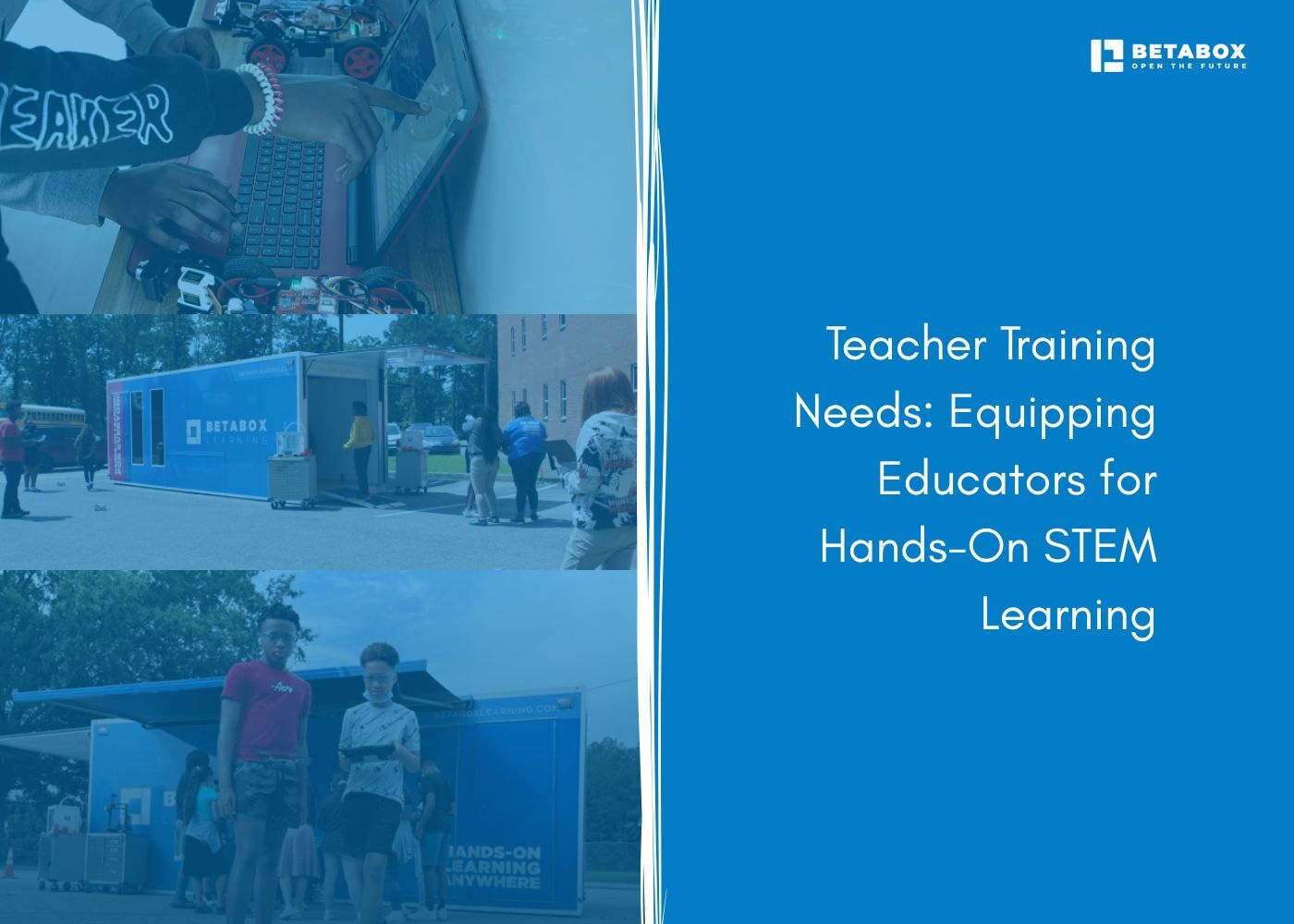
The classroom reality for many STEM educators is stark. Most teachers received training optimized for content delivery, not for facilitating the kind of exploratory, student-led experiences that modern STEM careers demand. This mismatch creates a gap between what students need and what educators feel prepared to provide.
Research shows that teacher confidence directly impacts instructional quality. When educators lack hands-on experience with emerging technologies or haven't practiced facilitating open-ended design challenges, they default to safer, more traditional methods. This means students miss the critical experiences that build real-world problem-solving capacity.
The good news? Targeted professional development can bridge this gap quickly. When training is practical, classroom-focused, and sustained over time, educators report increased confidence and students show measurable engagement gains.
Hands-on STEM learning shifts the classroom dynamic from passive reception to active creation. Instead of watching a teacher demonstrate concepts, students design solutions, test hypotheses, and iterate based on results.
Truly hands-on experiences require three elements: physical manipulation of materials, student decision-making authority, and real consequences for design choices. When students build a robot that must navigate an obstacle course, they're not just following instructions. They're diagnosing problems, testing variables, and experiencing how engineering decisions create measurable outcomes.
Many classrooms feature activities labeled as hands-on, but authentic practice goes deeper. Students need opportunities to encounter genuine constraints, limited resources, and ambiguous problems without predetermined solutions. This mirrors how technology professionals actually work.
Effective STEM instruction demands a distinct skill set. Beyond content knowledge, educators need competencies that support student-driven exploration.
Teachers don't need to be expert programmers or engineers, but they should understand foundational concepts well enough to recognize student misconceptions and ask probing questions. This includes familiarity with tools like CAD software, microcontrollers, and data analysis platforms.
The educator's role shifts from information source to learning architect. This means designing challenges with appropriate complexity, knowing when to provide scaffolding versus letting students struggle productively, and asking questions that advance thinking without giving away solutions.
Active learning environments create different management challenges. Materials need organization, group dynamics require monitoring, and safety protocols become more complex. Teachers need strategies for maintaining productive chaos without reverting to rigid control.
When learning is hands-on and project-based, traditional tests fall short. Educators need skills in observing student work processes, documenting growth over time, and evaluating competency through portfolios and demonstrations rather than multiple-choice exams.
Not all training produces classroom change. The most effective models share specific characteristics that distinguish them from conventional workshop approaches.
Teachers improve fastest when professional development happens in their actual classroom context. Coaches who co-plan lessons, model instruction, and debrief with teachers create more sustained change than off-site sessions. This approach allows educators to test new strategies immediately and adjust based on their specific student population.
Watching someone else teach hands-on lessons provides limited value. Teachers need opportunities to experience learning as their students would, build the actual projects their classes will tackle, and practice the facilitation moves they'll use. This builds muscle memory and surface potential implementation barriers before students arrive.
Isolation undermines innovation. When teachers learn alongside colleagues, they build support networks that persist beyond formal training. Regular collaboration allows educators to share resources, troubleshoot challenges, and refine practices together.
Betabox's onsite workshops demonstrate this principle by bringing hands-on professional development directly to school sites, allowing entire departments to learn together using the same materials and curricula their students will use.
Technology integration requires more than device access. Effective use demands strategic planning about which tools serve specific learning goals.
The most common technology integration mistake is starting with the tool rather than the learning outcome. Educators should first identify what students need to understand or be able to do, then select technologies that make those goals more achievable.
Not every lesson needs expensive equipment. Simple materials like cardboard, tape, and household items can teach engineering principles as effectively as 3D printers for many concepts. The key is matching tool sophistication to learning objectives.
Technology fails. Educators need strategies for when devices don't connect, software crashes, or materials don't perform as expected. Training should include technical troubleshooting and backup plans that keep learning moving forward despite technical hiccups.
Project-based learning transforms abstract concepts into tangible experiences, but implementing it well requires specific pedagogical knowledge.
Effective projects balance openness with structure. Students need enough freedom to make meaningful decisions but enough constraint to keep work focused. Teachers must learn to craft challenge statements that inspire creativity without overwhelming novice learners.
The instinct when students struggle is to break tasks into smaller steps, but over-scaffolding eliminates the productive challenge that drives learning. Training should help educators recognize when to provide support versus when to let students work through difficulties.
Projects gain power when students see authentic connections to careers and community needs. Teachers need strategies for framing challenges around genuine problems and, when possible, connecting students with industry professionals who face similar issues.
Programs like Betabox's hands-on projects provide educators with ready-to-implement project kits that model effective challenge design while reducing planning burden.
Even with quality professional development, educators face predictable obstacles that training should address proactively.
Hands-on lessons typically require more class time than traditional instruction. Teachers need strategies for identifying essential concepts worth deep exploration and determining which topics can receive lighter treatment. This requires content prioritization skills rarely covered in initial certification programs.
Not every school has makerspaces or unlimited material budgets. Training should include strategies for implementing hands-on learning with minimal resources, leveraging community donations, and writing grants for materials.
Teachers feel tension between hands-on exploration and standards coverage. Professional development should demonstrate how project-based approaches can address multiple standards simultaneously, often more efficiently than isolated lessons.
Initial training starts the journey, but sustained growth requires ongoing support structures.
When schools develop STEM teacher leaders, they create internal capacity for ongoing professional learning. These teacher leaders can provide just-in-time coaching, troubleshoot materials issues, and organize informal learning opportunities among staff.
Teachers improve when they systematically examine their practice. Simple protocols for videotaping lessons, analyzing student work, or debriefing with colleagues create habits of continuous improvement.
Relationships with organizations that specialize in STEM education provide access to expertise schools can't develop internally. Partnerships with entities that bring field trips, professional development, and curriculum resources reduce the burden on individual teachers while ensuring access to current best practices.
Rather than accumulating random workshop hours, teachers benefit from clear competency frameworks that show skill progression. Micro-credentials allow educators to document mastery and identify their next growth areas.
The strongest STEM programs don't rely on isolated heroic teachers. They build cultures where educators learn together continuously.
Cross-grade collaboration allows elementary teachers to see how their instruction prepares students for middle school, while secondary teachers gain insight into foundational skills they can build upon. Regular planning time for these conversations pays long-term dividends.
Digital collaboration platforms extend learning beyond school walls. Teachers share lesson plans, troubleshooting strategies, and student work examples, creating collective knowledge that accelerates everyone's development.
Many schools find that Betabox's program implementation approach, which includes both direct student experiences and embedded teacher support, helps build this collaborative capacity by giving educators shared reference points and common language around hands-on instruction.
Strengthen your school's hands-on STEM instruction. Start your application to explore how Betabox resources can support your teachers with turnkey experiences and embedded professional development.
Why is specialized training important for STEM teachers?
Specialized training addresses the unique demands of facilitating hands-on, student-driven learning. Traditional teacher preparation focuses on content delivery, but effective STEM instruction requires skills in project design, classroom management for active learning environments, and formative assessment of student work processes. Without this training, even knowledgeable teachers default to lecture-based methods.
What are the key skills STEM educators need for hands-on learning?
Essential skills include technical literacy with relevant tools, facilitation techniques that support student problem-solving without providing premature answers, adaptive classroom management for active learning environments, and assessment strategies that evaluate student thinking processes rather than just final products.
How can technology be effectively integrated into STEM teaching?
Effective integration starts with learning objectives, not devices. Teachers should identify what students need to understand, then select technologies that make those goals more achievable. Balance high-tech tools with low-tech materials, and build capacity for troubleshooting technical issues without derailing lessons.
What are the best professional development models for STEM teacher training?
Job-embedded models that happen in teachers' actual classrooms produce stronger results than off-site workshops. Effective approaches include instructional coaching, cohort-based learning with colleagues, practice-based training where teachers experience lessons as students would, and sustained support over time rather than one-time events.
How does project-based learning enhance STEM education?
Project-based learning transforms abstract concepts into tangible experiences by giving students opportunities to apply knowledge in context. When students design solutions to genuine problems, they develop deeper understanding and build skills like systems thinking, iterative design, and collaborative problem-solving that transfer across disciplines and into careers.


Ready to learn how Betabox resources can be implemented at your school or District?
Book a Blueprint Call

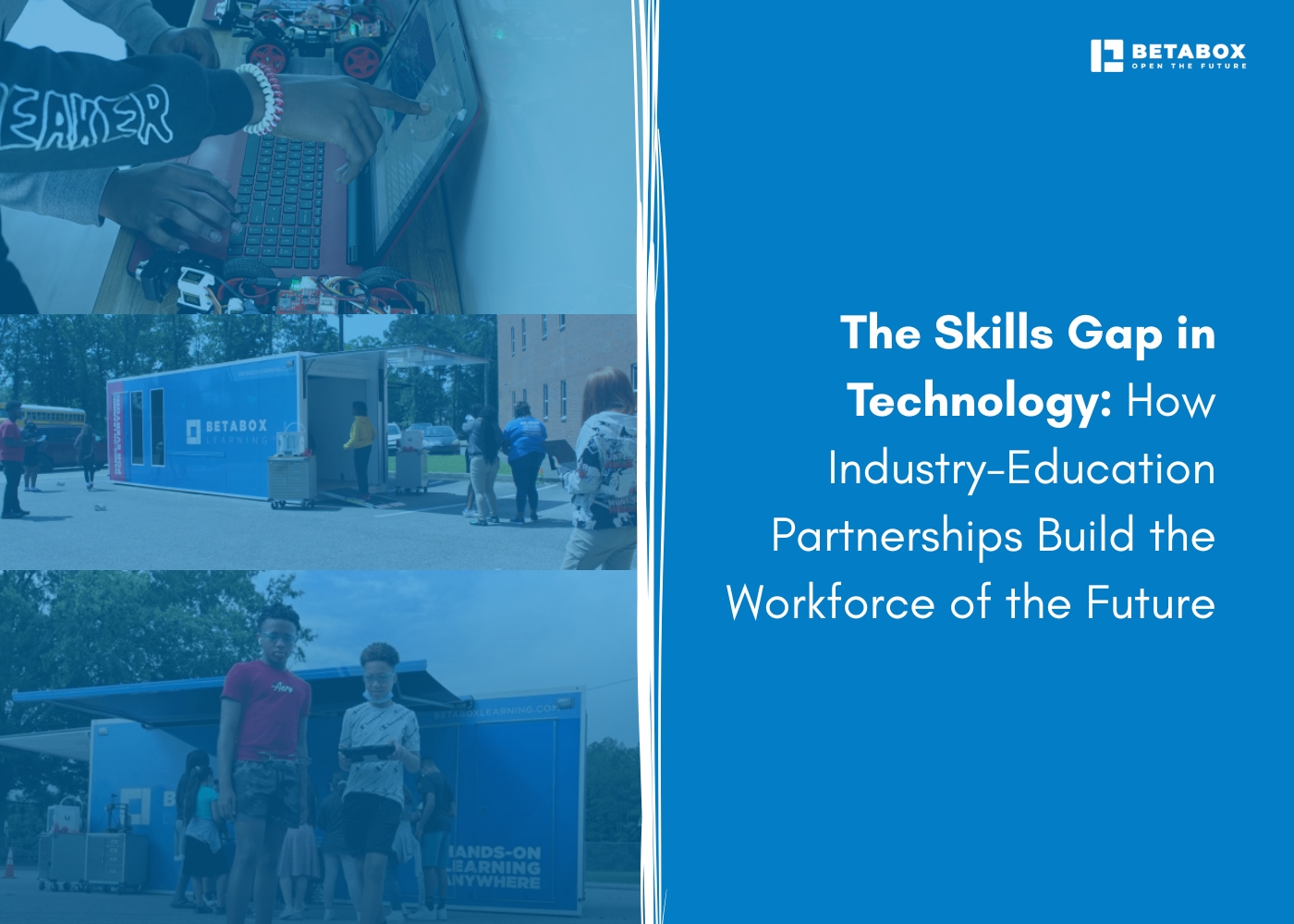

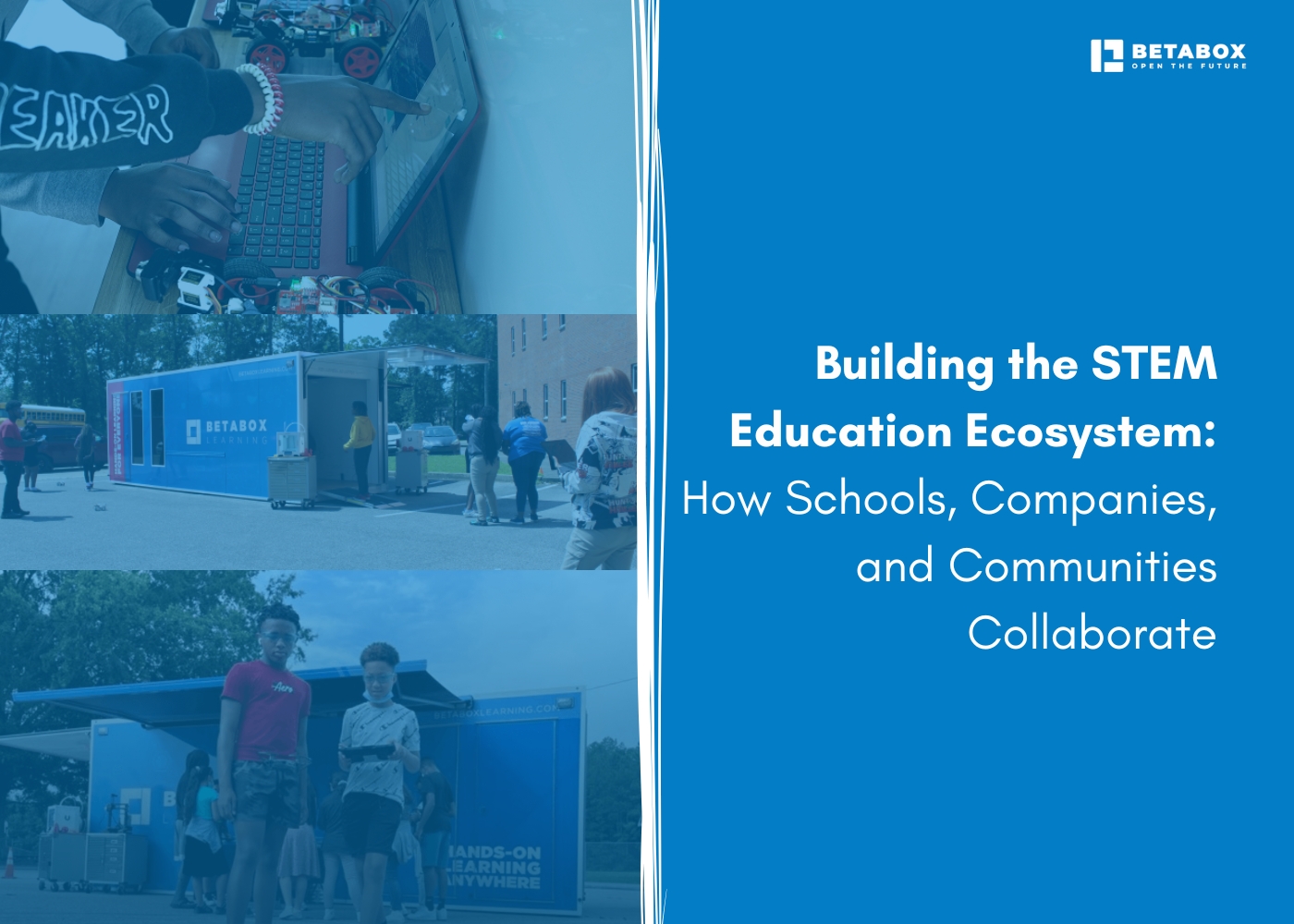

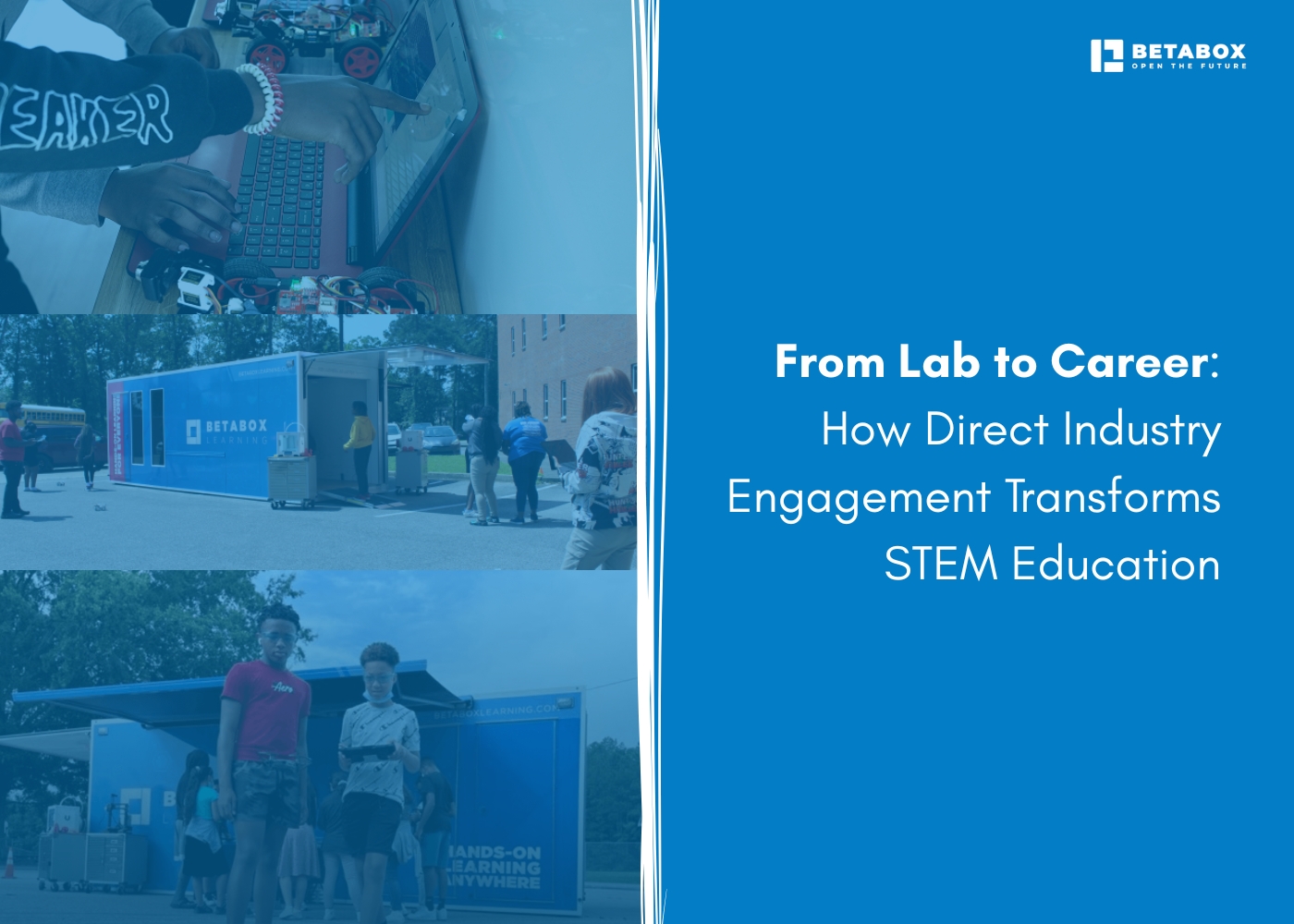

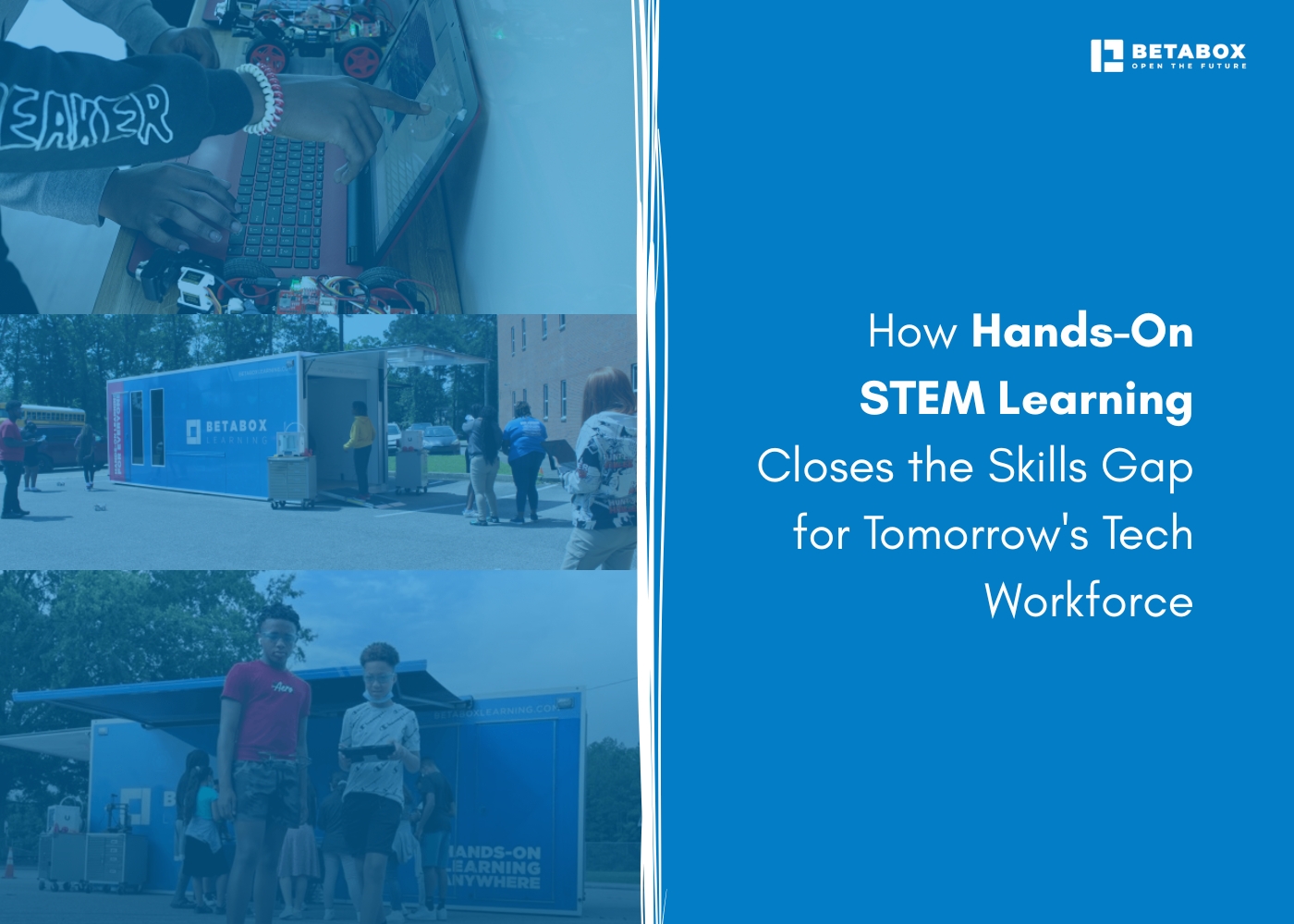

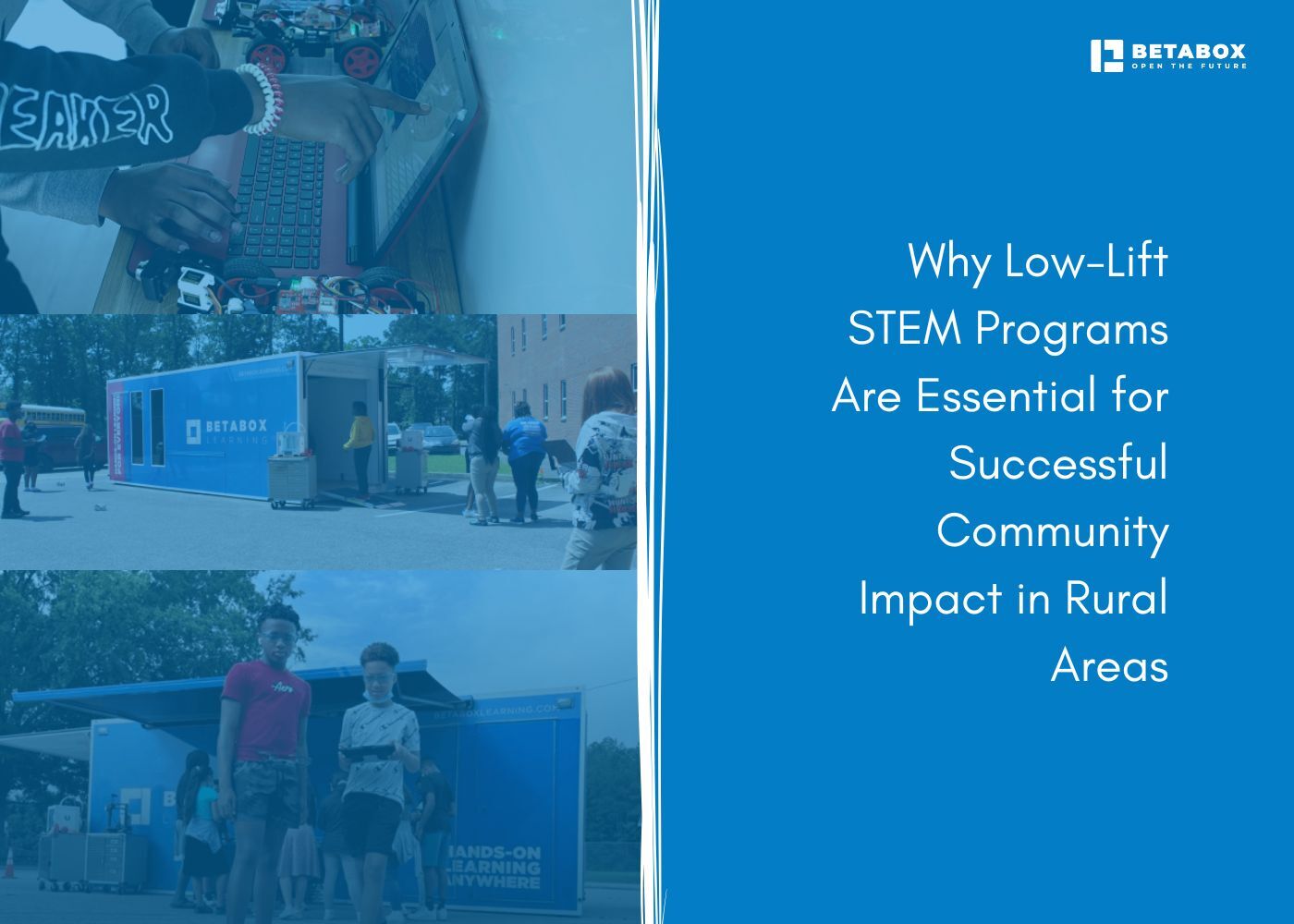

.jpg)

.jpg)

.jpg)

.jpg)





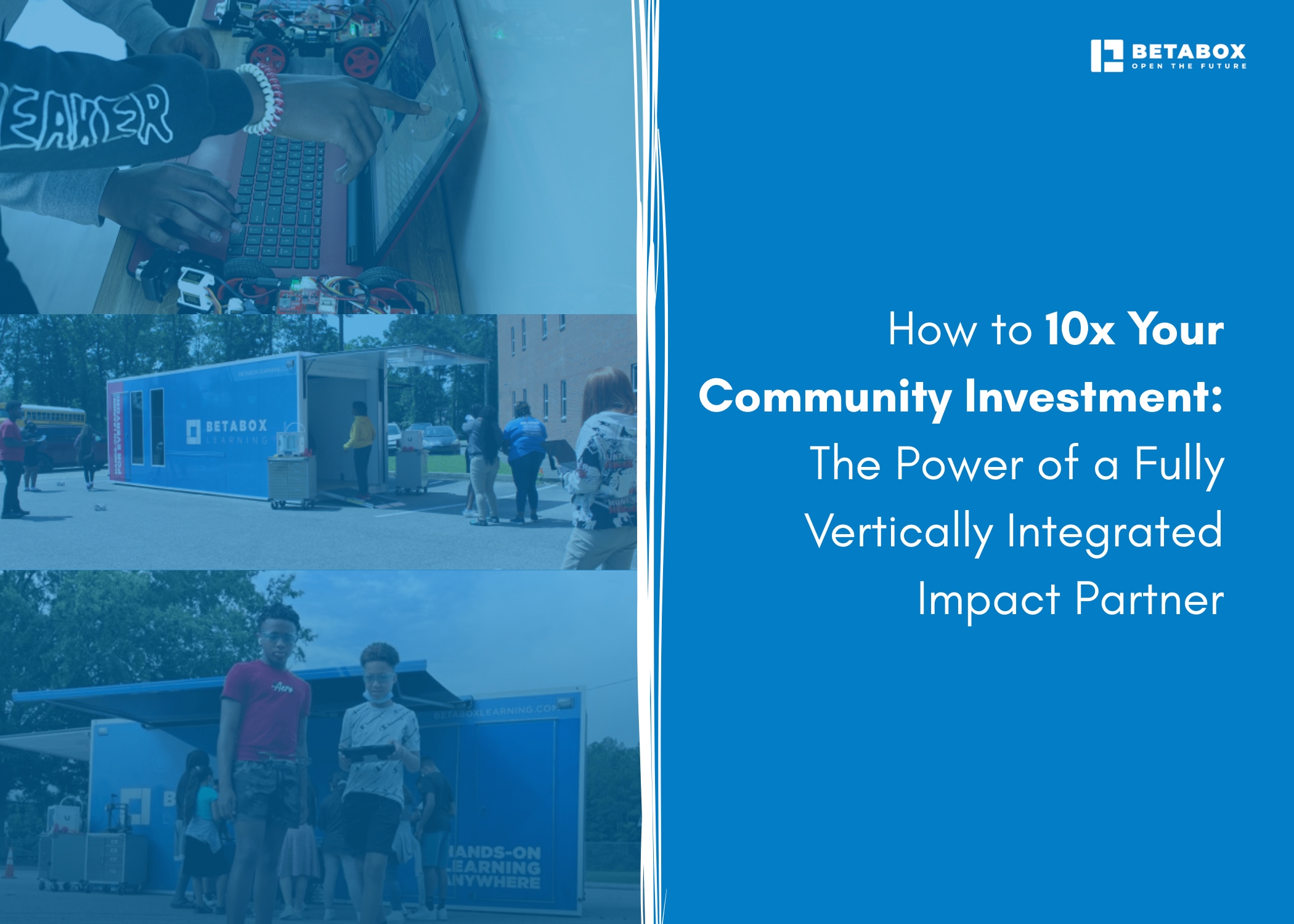

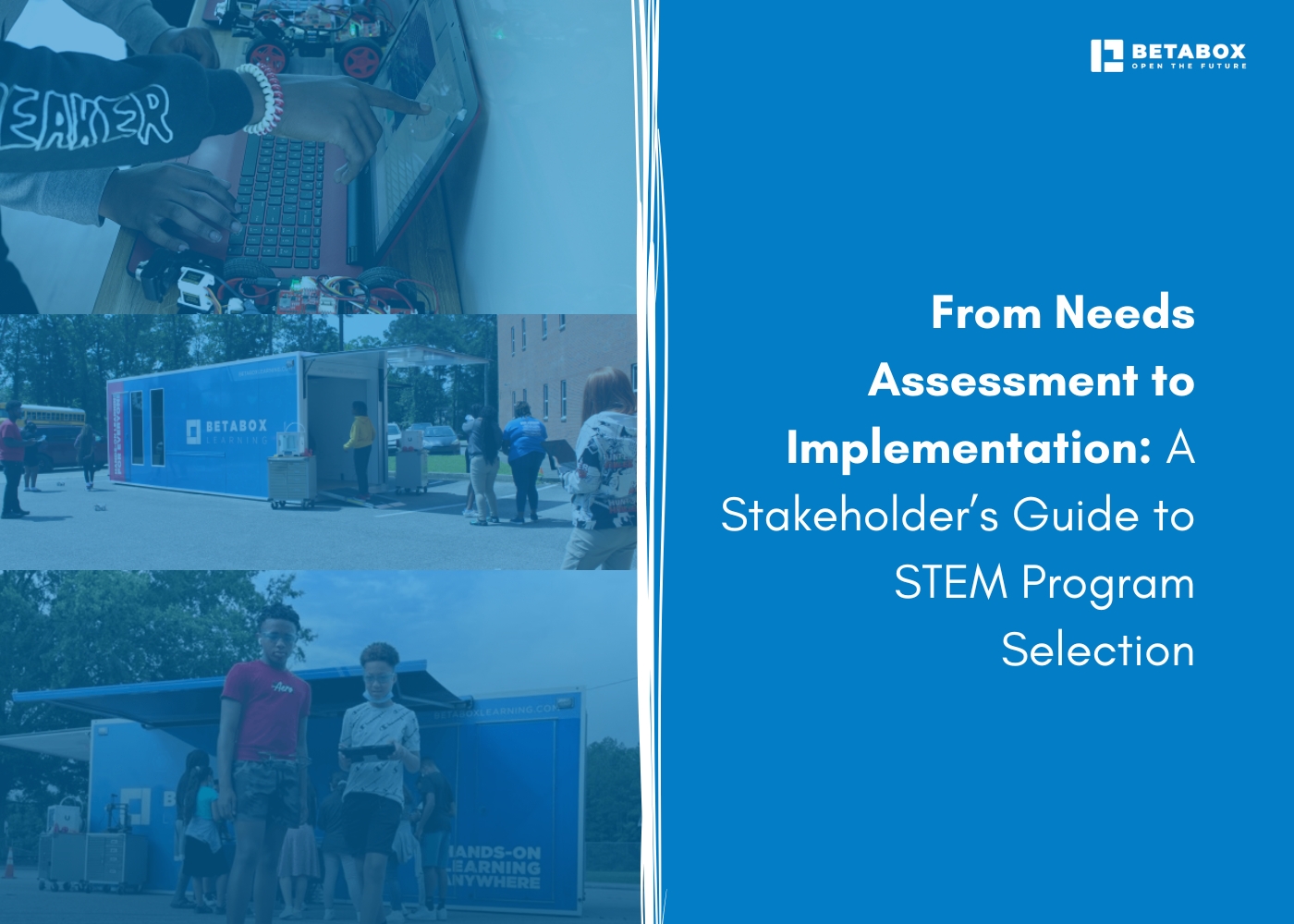

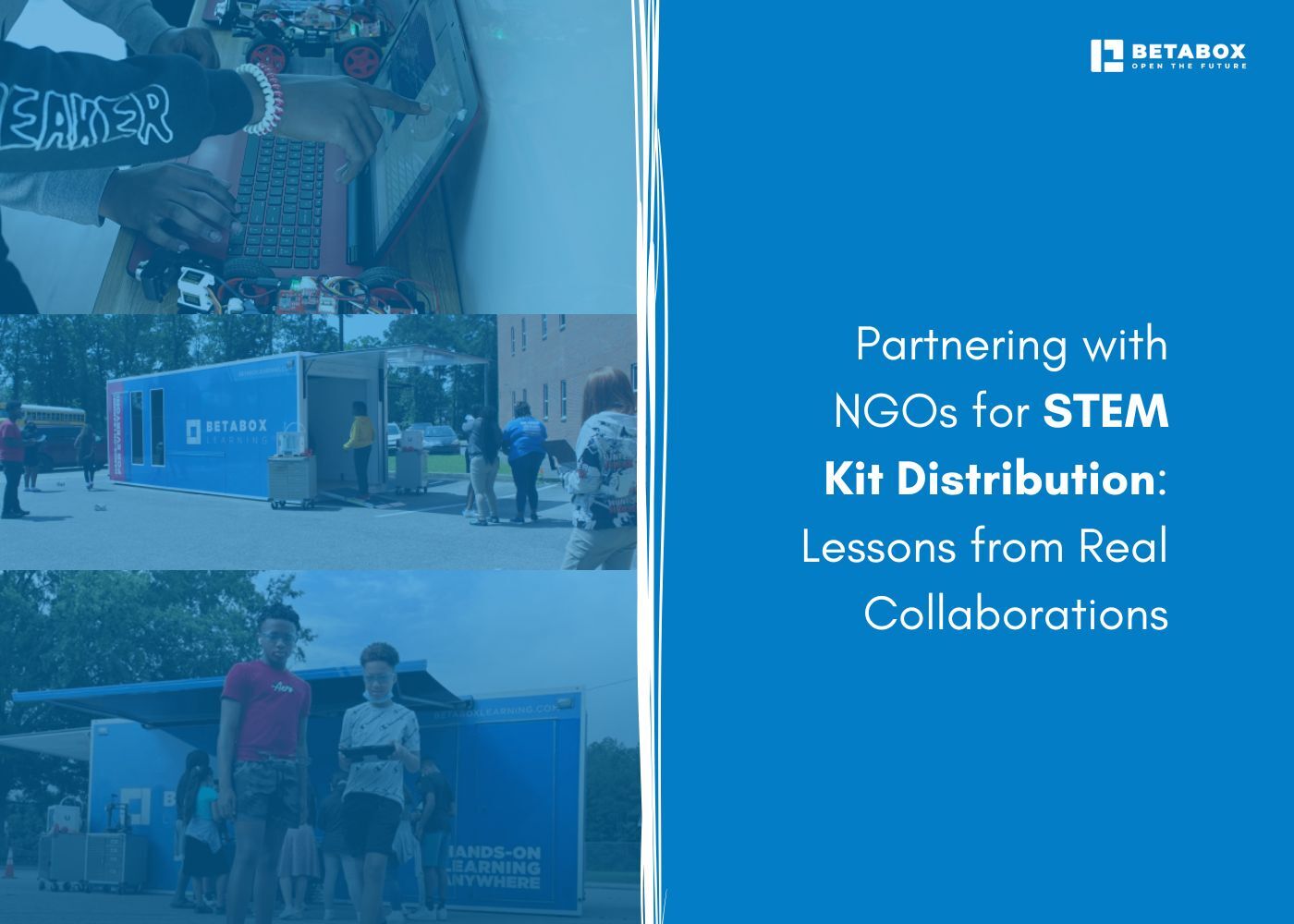

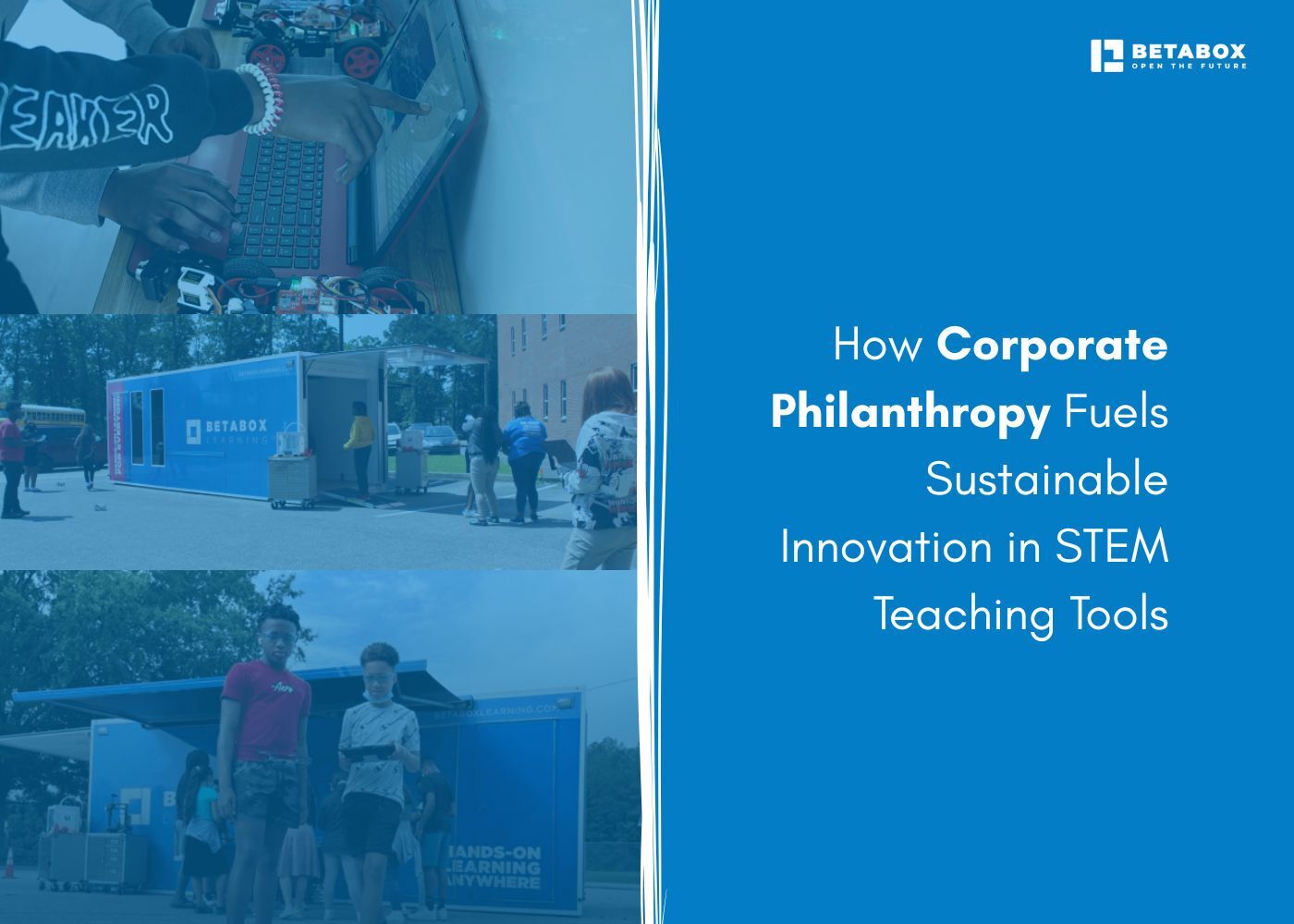

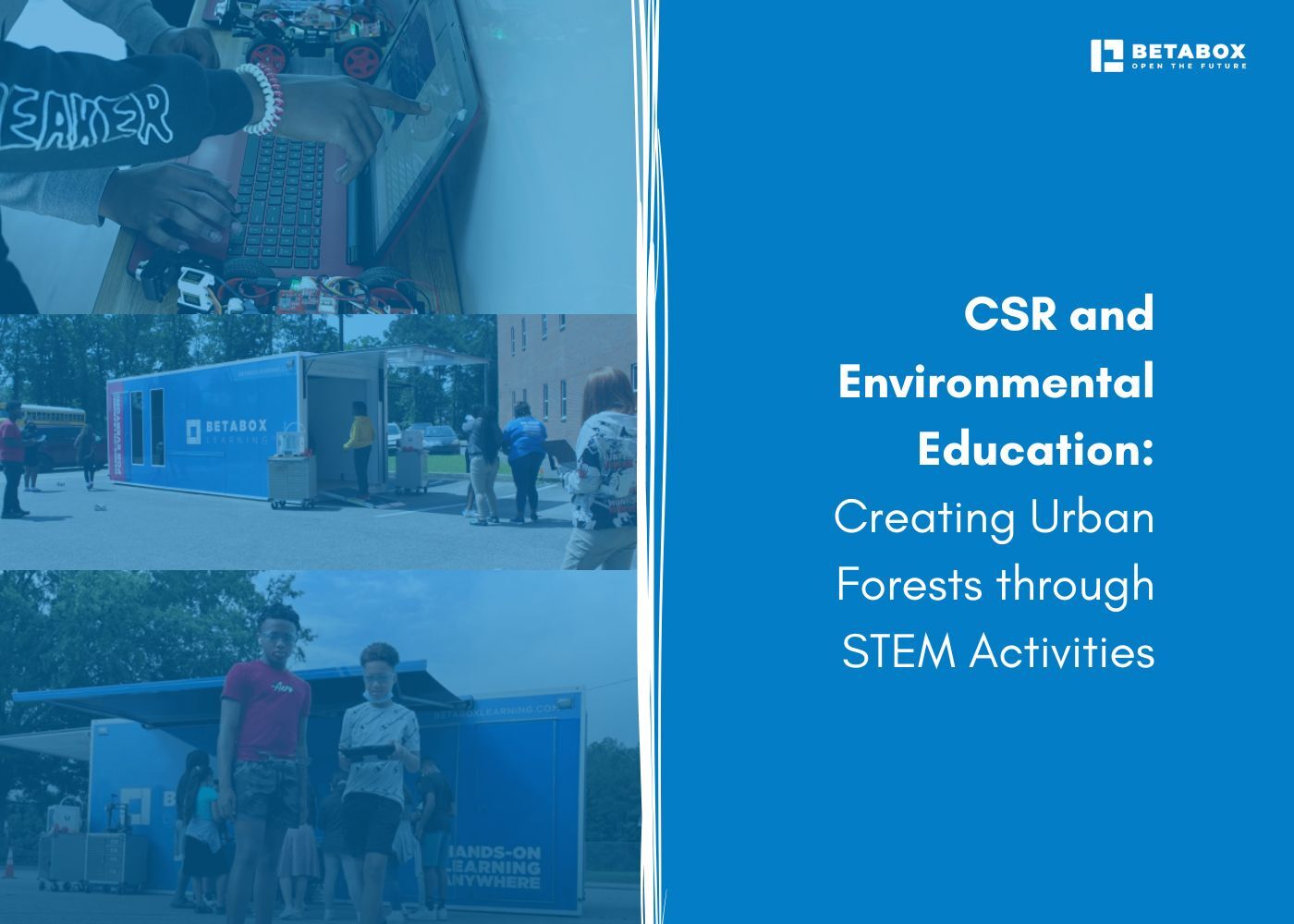

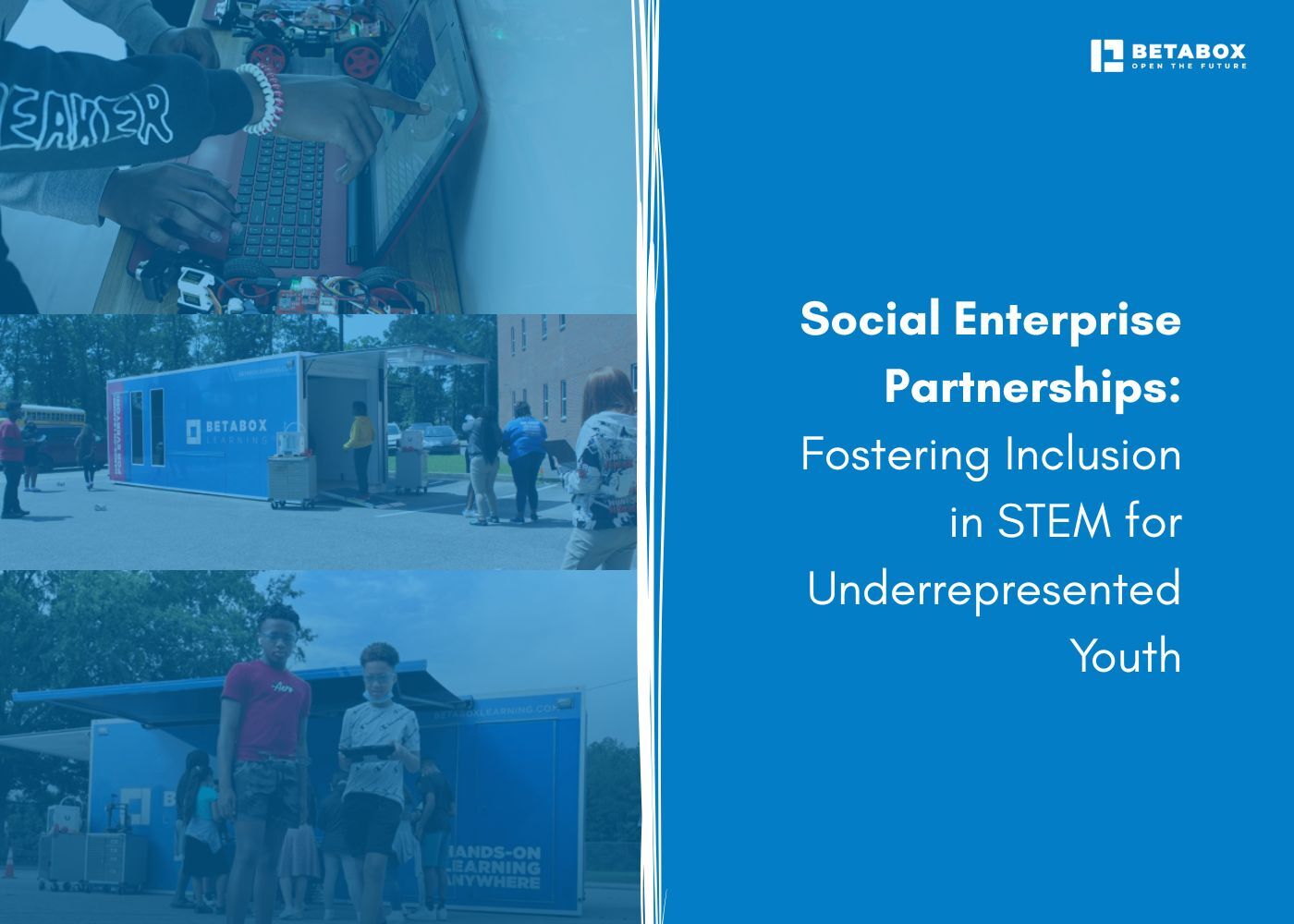

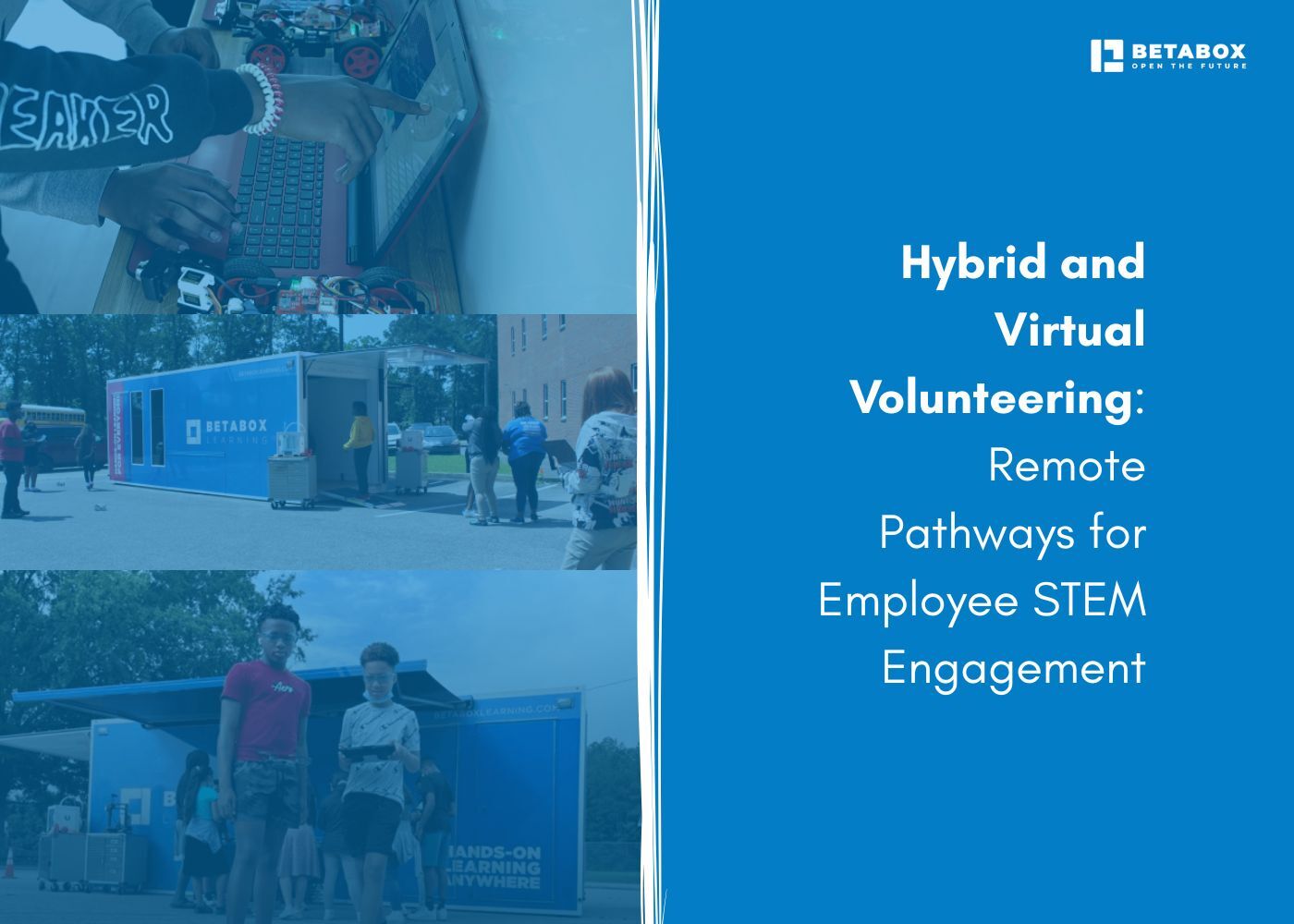

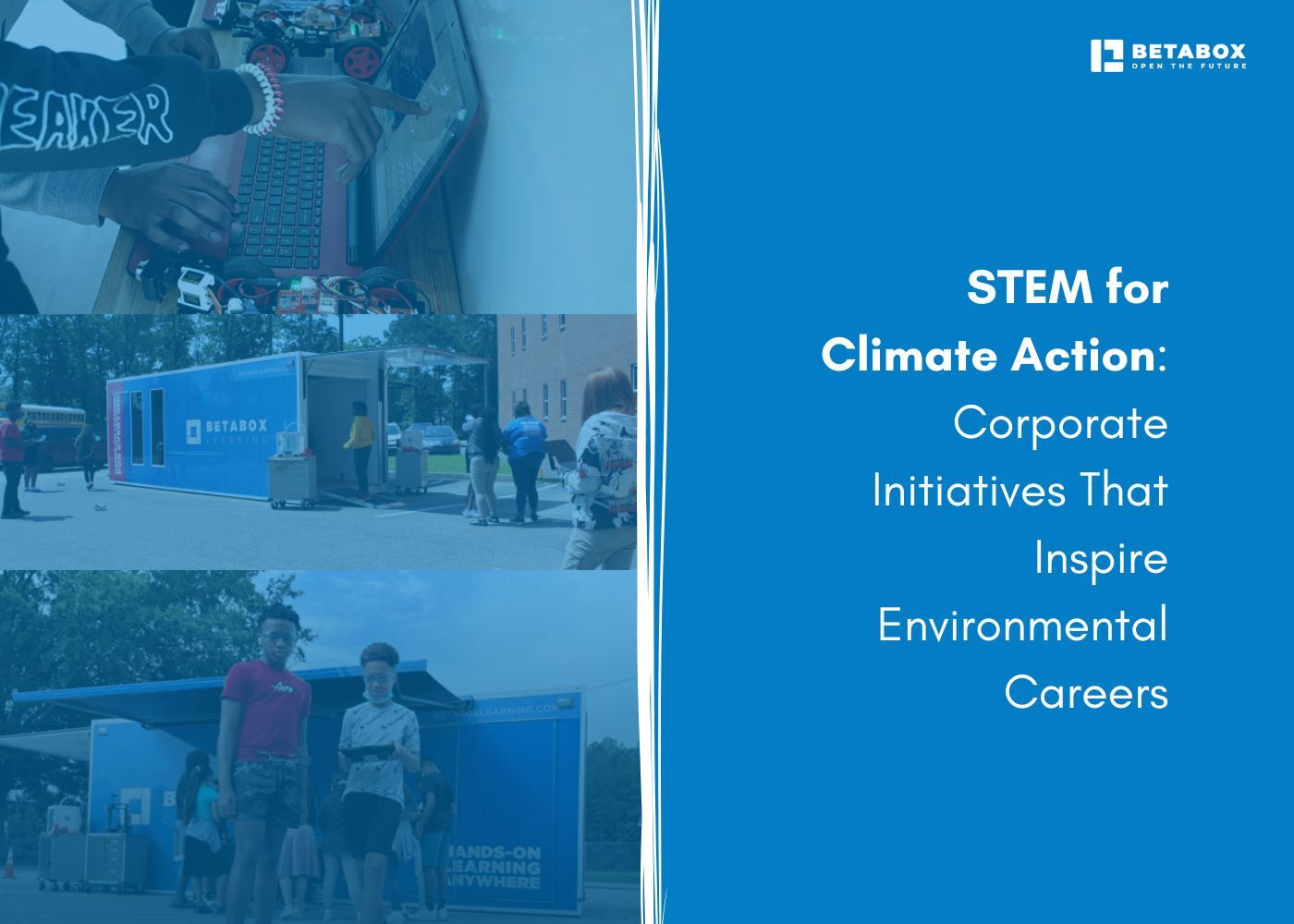



At Betabox Learning, we are passionate about making hands-on STEM curricula accessible to all students.

Join our newsletter to stay in the loop on all things Betabox and the future of STEM education.
By submitting your email address, you agree to our Privacy policy and Terms of Service. You can unsubscribe any time via the link in your email.
© 2025 Betabox. All Rights Reserved
